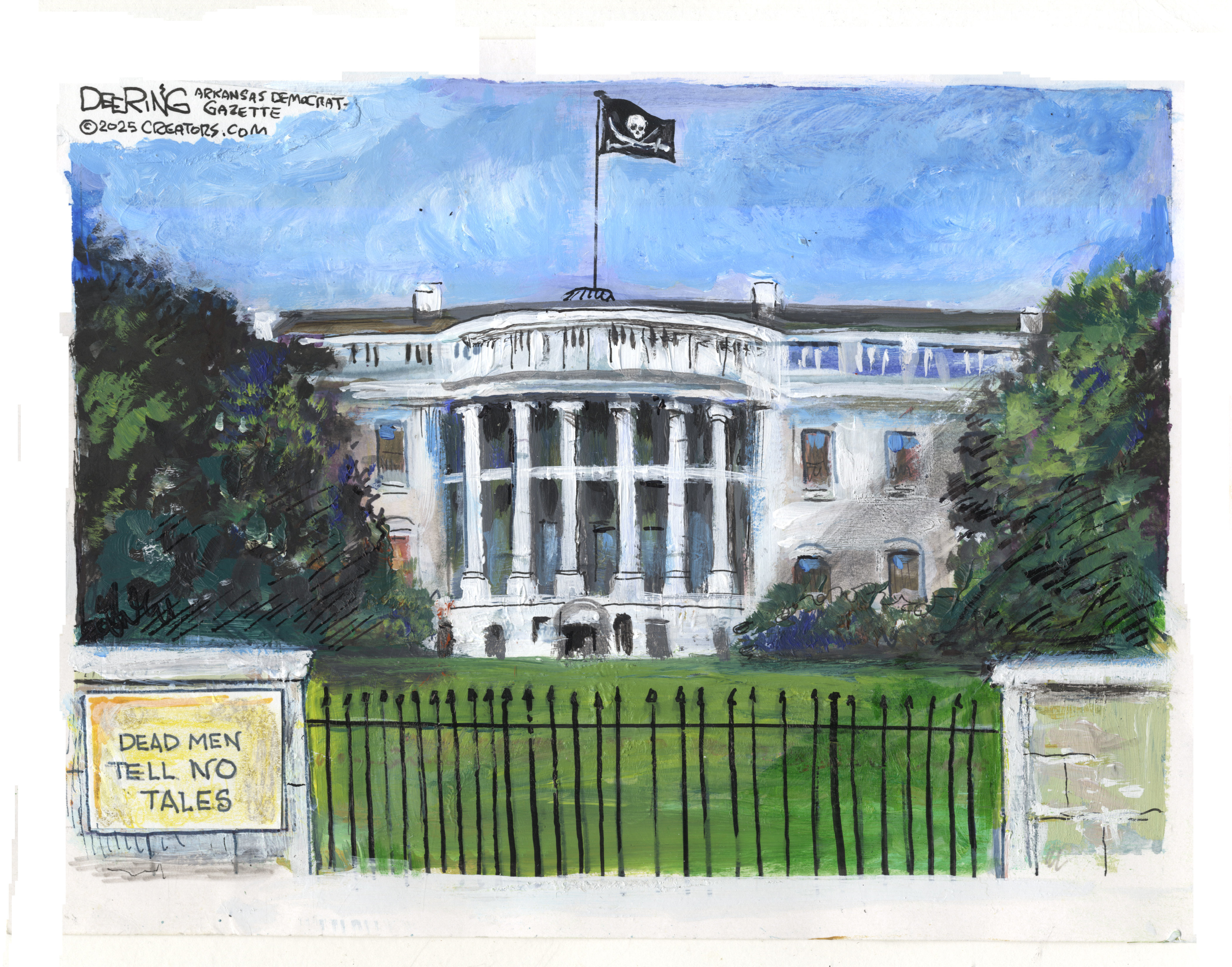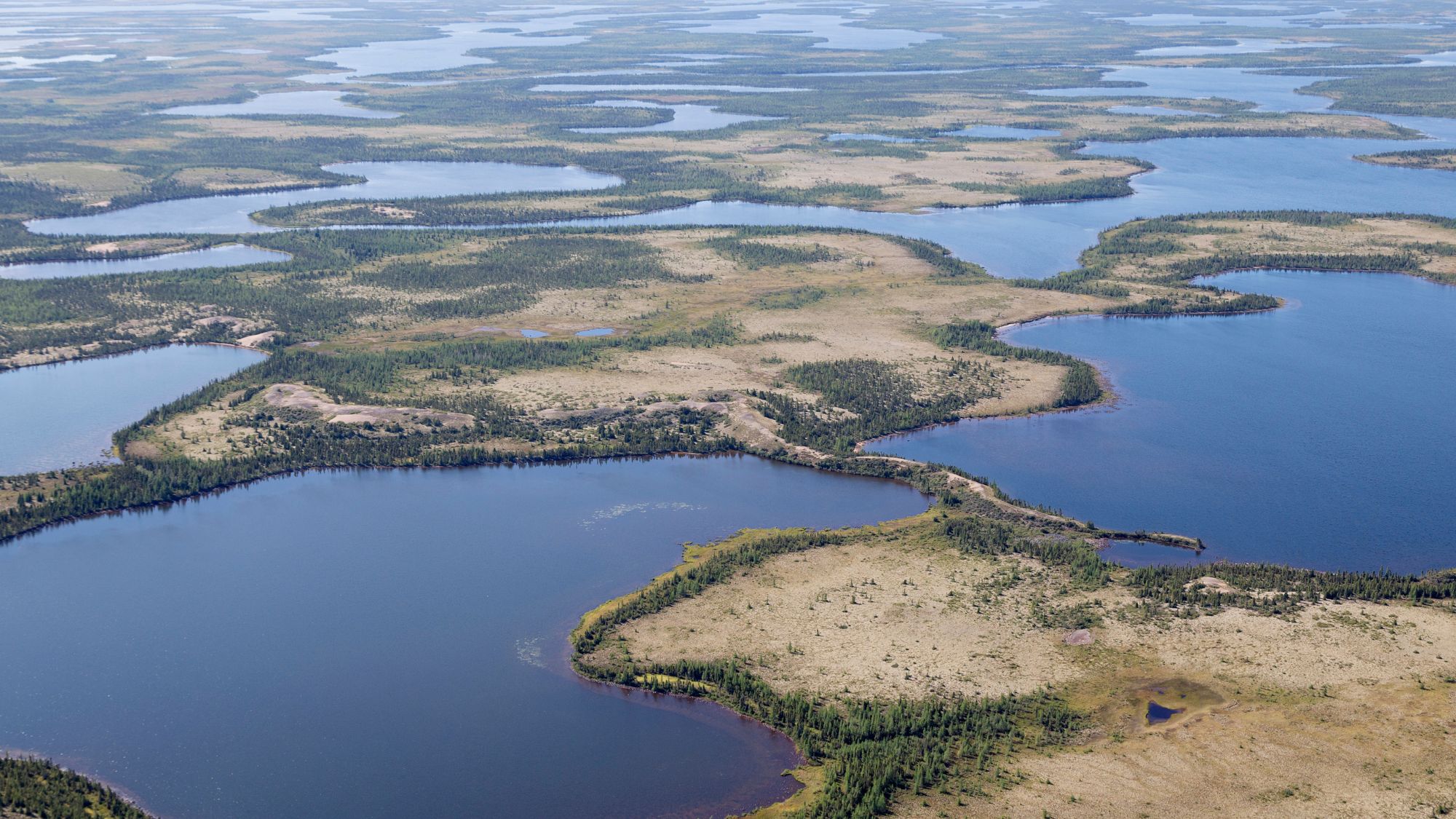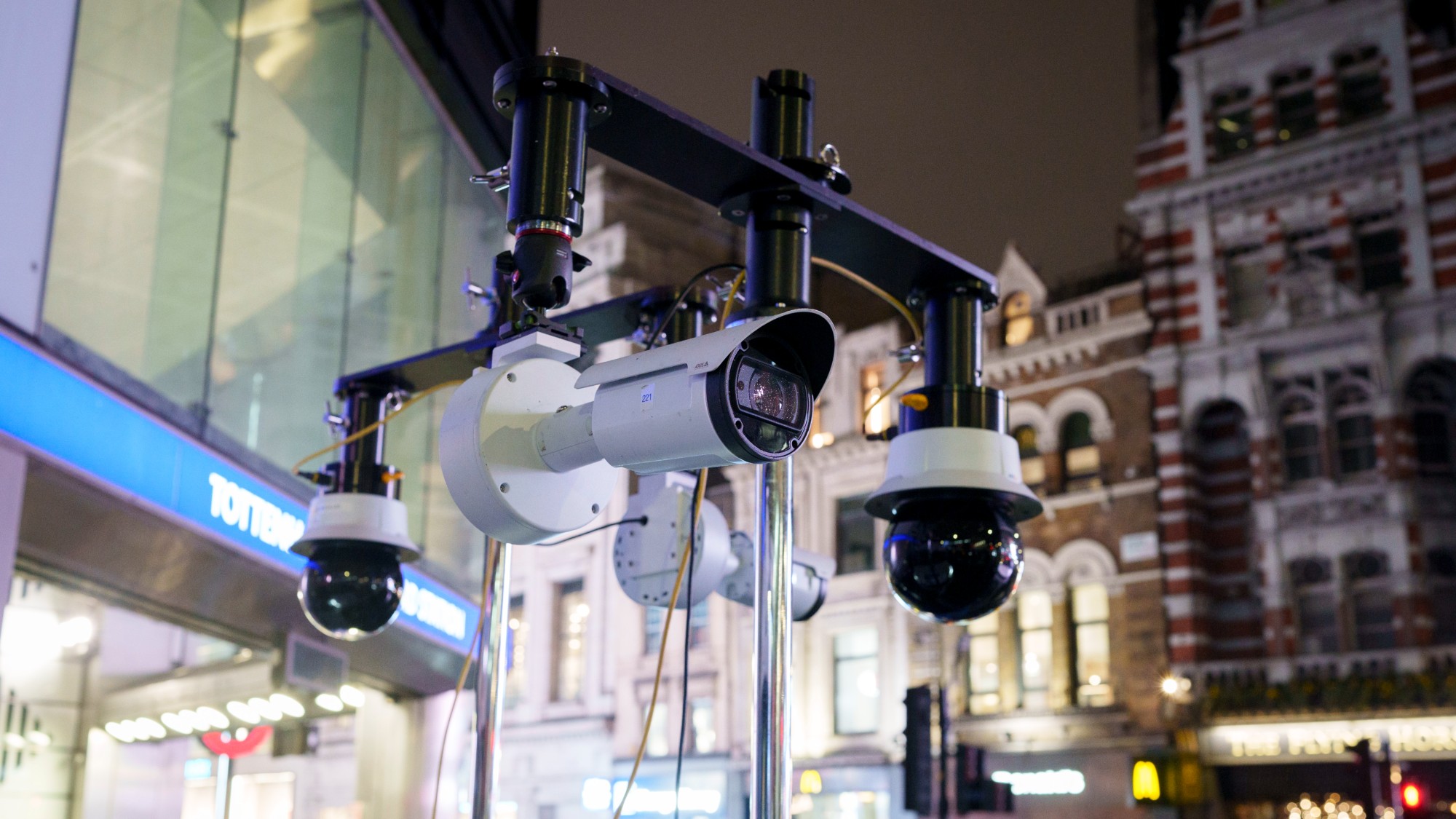Iran’s Nuclear Ambitions
Iran has reopened a nuclear plant, saying it wants to develop a nuclear energy industry. But the U.S. and its allies are convinced Iran is building a bomb. What makes them so suspicious?
When did Iran start its nuclear program?
As far back as the 1960s—and with the blessing of the U.S. Back then, Iran was ruled by Shah Reza Pahlavi, a key U.S. ally. The Tehran Nuclear Research Center, which opened in 1967, depended on the U.S. to supply all of its major equipment, including a nuclear reactor devised for research purposes. Later, the Ford administration even made plans to sell Iran equipment that would allow it to create an entire nuclear fuel cycle. That sale didn't go through, because the U.S. developed second thoughts. But by then, Iran was committed to its nuclear program, even though it lacked the needed technical expertise.
To whom did Iran turn?
The Week
Escape your echo chamber. Get the facts behind the news, plus analysis from multiple perspectives.

Sign up for The Week's Free Newsletters
From our morning news briefing to a weekly Good News Newsletter, get the best of The Week delivered directly to your inbox.
From our morning news briefing to a weekly Good News Newsletter, get the best of The Week delivered directly to your inbox.
At first, to Germany. In the 1970s, several German firms helped Iran build a power plant at Bushehr, in southern Iran. The reactor was only half built, though, when the 1979 Islamic Revolution intervened, followed by eight years of war with neighboring Iraq. In the radically changed political climate of the 1990s, no Western country would help Iran with nuclear technology. But in 1995, Iran signed a contract with its old ally Russia to finish the Bushehr plant, which is expected to be operational next year.
So Iran still doesn't have a working reactor?
That's what everyone thought, until 2002. That summer, an Iranian dissident group announced that for the last two decades, Iran had been building secret, underground reactors for processing and enriching uranium. Confronted with satellite evidence, Iran admitted that it had built the reactors, but said they were purely for electricity generation, not for nuclear bombs. Under the Nuclear Non-Proliferation Treaty, which Iran signed in 1968, Iran is allowed to build nuclear power plants, but only under the supervision of the International Atomic Energy Agency. In 2003, after Iran's secret nuke program had been exposed, it belatedly invited the IAEA to inspect and monitor the facilities. The IAEA has been generally satisfied with the access it has been given.
Then what's the problem?
A free daily email with the biggest news stories of the day – and the best features from TheWeek.com
Enrichment technology is dangerous knowledge. If you can enrich uranium enough to make power-plant fuel, it's not hard to extend the process and enrich it enough to make weapons-grade fuel. So while there is no hard proof that Iran is building a nuclear weapon, its past duplicity does not invite confidence. Surely, Western governments say, Iranian technicians wouldn't have been skulking around in underground bunkers just to create electricity. Plus, plenty of Iranian officials have hinted that the country does seek to build a bomb. In 1987, then President Ayatollah Ali Khamenei, who is now Iran's supreme leader, said that atomic energy was necessary 'œto let our enemies know that we can defend ourselves.' Another former president, Hashemi Rafsanjani, boasted in 2001 that while an atomic bomb used against the Islamic world 'œwould only harm it,' a nuclear strike on Israel 'œwould destroy everything.'
What did the West do?
First, it tried bribery. The U.S. wanted to refer Iran to the U.N. Security Council for sanctions. But many of Iran's trade partners, including major European countries, argued that carrots would be more useful than sticks. Last year, France, Germany, and Britain—known as the European Three—persuaded Iran to halt its programs temporarily and come to the negotiating table. The IAEA sealed off Iran's nuclear facilities, and the diplomats went to work. The European Three offered to sell Iran, at a discount, all the enriched uranium it would need for generating electricity, as long as Iran agreed to give up its own enrichment technology. The Europeans sweetened the deal with offers of trade incentives and technical aid.
Did diplomacy succeed?
Why would an oil-exporting country need nuclear power?
-
 Political cartoons for December 14
Political cartoons for December 14Cartoons Sunday's political cartoons include a new White House flag, Venezuela negotiations, and more
-
 Heavenly spectacle in the wilds of Canada
Heavenly spectacle in the wilds of CanadaThe Week Recommends ‘Mind-bending’ outpost for spotting animals – and the northern lights
-
 Facial recognition: a revolution in policing
Facial recognition: a revolution in policingTalking Point All 43 police forces in England and Wales are set to be granted access, with those against calling for increasing safeguards on the technology